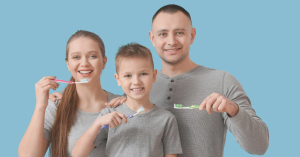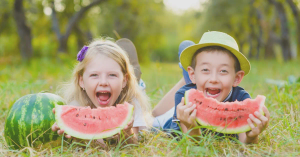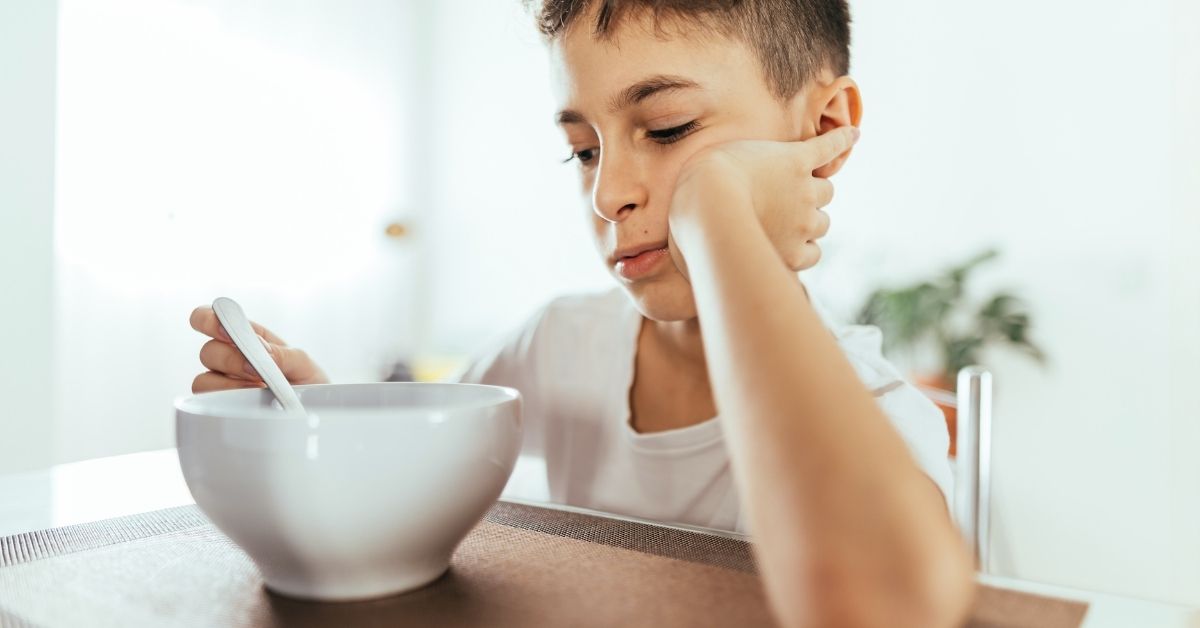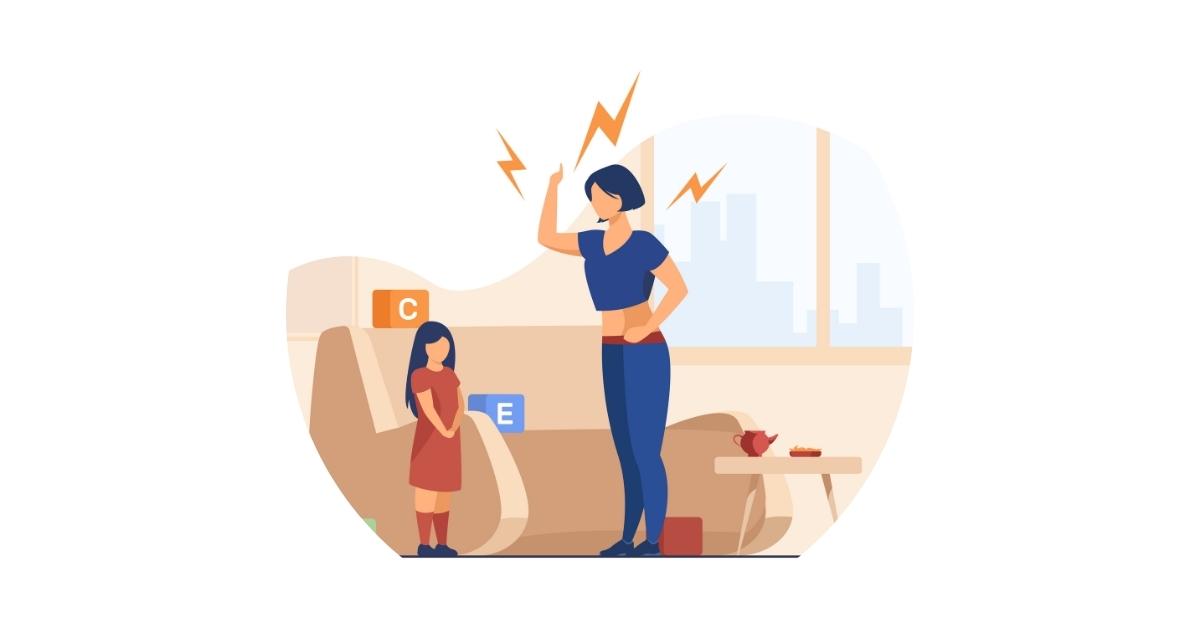Peer pressure is often associated with adolescence, but it can begin as early as preschool. Children as young as three or four years old are influenced by their peers, mimicking behaviors, attitudes, and actions to fit in with friends. While peer pressure at this stage is often innocent, it is important to address it early. Teaching children how to handle peer influence can equip them with critical decision-making skills, resilience, and confidence that will serve them throughout life. This article will explore how peer pressure affects young children and how parents and educators can guide them in handling it.
Understanding Peer Pressure in Young Children
Peer pressure in early childhood manifests in ways that are different from how it appears in teenagers. Rather than direct pressure, it often takes the form of imitation or the desire to fit in. Children in group settings, such as daycare or preschool, naturally start to copy behaviors, whether it’s choosing the same toys or adopting the same preferences as their peers. This type of pressure can be both positive and negative.
- Positive peer pressure: When children observe others exhibiting good manners, sharing, or being kind, they often want to do the same. This encourages pro-social behavior and helps children develop socially acceptable norms.
- Negative peer pressure: Conversely, children may also imitate undesirable behaviors, such as refusing to share, excluding others, or engaging in rough play. This negative peer influence, if left unchecked, can affect a child’s behavior and self-esteem.
The Role of Parents in Addressing Peer Pressure
Parents play a crucial role in helping their children navigate peer pressure, starting with building self-confidence and fostering open communication.
- Teaching individuality and self-confidence: Encourage your child to embrace their unique interests and strengths. Compliment their efforts when they stand up for themselves or make their own decisions. A child who feels good about their individuality is less likely to succumb to peer pressure.
- Open communication: Create a safe space where your child feels comfortable discussing their experiences with friends. Ask questions about their day and encourage them to share any difficult moments, like feeling left out or being pushed into uncomfortable situations.
- Modeling positive behavior: Children learn by observing their parents. If they see you standing by your principles, even when others disagree, they will learn the importance of making independent choices. Be mindful of how you handle social interactions and peer pressure in your own life, as your child is watching and learning from your actions.
The Role of Schools and Teachers
Schools and teachers also play a significant role in managing peer pressure, particularly in the classroom where much of this behavior occurs.
- Supportive classroom environment: Teachers can foster a sense of belonging and community by encouraging group activities that promote teamwork, inclusivity, and positive peer interactions. When students feel included, they are less likely to engage in negative behaviors to fit in.
- Promoting inclusivity and self-expression: Schools can design activities that allow children to express their individuality while respecting others' choices. Celebrating differences and teaching empathy will help children appreciate diversity, making them less susceptible to negative peer pressure.
- Collaborating with parents: Educators should maintain open lines of communication with parents to address any issues related to peer influence. By working together, schools and parents can ensure that children receive consistent guidance both at school and at home.
Practical Strategies for Children to Cope with Peer Pressure
It’s essential to equip children with strategies to cope with peer pressure, especially as they begin to navigate social situations more independently.
- Decision-making skills: Teach your child how to make thoughtful decisions. For example, before making a choice based on what others are doing, encourage them to ask themselves, “Is this something I really want to do?”
- Saying no: Empower your child with the ability to say no when they feel uncomfortable. Role-playing scenarios where they may face peer pressure can help them practice saying no in a way that is assertive yet respectful.
- Positive friendships: Encourage your child to build friendships with peers who have similar values and interests. Surrounding themselves with supportive friends can reduce the pressure to conform to negative behaviors.
Conclusion
Peer pressure in early childhood is a natural part of growing up, but it’s important to address it early. By teaching children to embrace their individuality, make confident decisions, and communicate openly, parents and educators can help them develop the tools to handle peer pressure effectively. The lessons learned in early childhood will form the foundation for stronger social and emotional resilience later in life.








